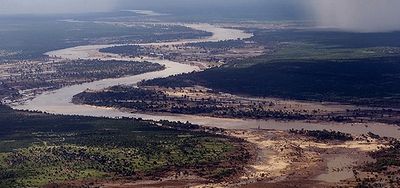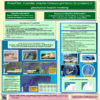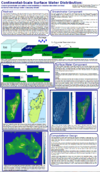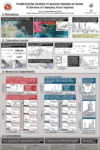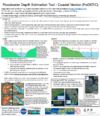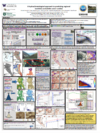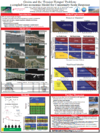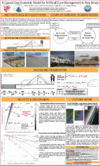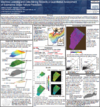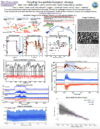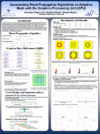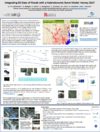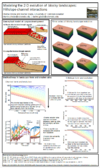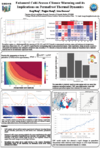CSDMS meeting 2018: Difference between revisions
From CSDMS
No edit summary |
No edit summary |
||
| Line 113: | Line 113: | ||
==Posters== | ==Posters== | ||
{{Header_CSDMS_meeting_abstract_list1}} | {{Header_CSDMS_meeting_abstract_list1}} | ||
{{#ask: | {{#ask: [[Category:CSDMS meeting 2018 participants]] [[CSDMS meeting abstract submit::Yes]] | ||
| ?CSDMS meeting first name | | ?CSDMS meeting first name | ||
| ?CSDMS meeting last name | | ?CSDMS meeting last name | ||
Revision as of 14:30, 13 May 2018
Geoprocesses, geohazards - CSDMS 2018
May 22-24th 2018 in Boulder Colorado, USA
Thank You
On behalf of CSDMS, we thank the Keynote Speakers, Clinic Leaders, Session Chairs, Poster Session Presenters, members of the Executive and Steering Committees, and every participant who helped to make this a productive and successful meeting.
Agenda
Click here to view the final agenda
Presentations
Keynote talks
Clinics
| Presented by | Title |
|---|---|
| Irina Overeem | Permafrost Toolbox |
| Sediment Experimentalist Network (SEN) | Sediment Experimentalist Network (SEN) - Wrangling your research data |
| Guy Schumann and Jeffrey Neal | LISFLOOD-FP Clinic: Introduction to Flood Hazard Modeling |
| Steve Roberts and Mariela Perignon | Hydrodynamic modeling using the open source package ANUGA |
| Mark Piper | BMI Live! |
| Nicole Gasparini | Landlab with Hydroshare |
| Katy Barnhart | Model sensitivity analysis and optimization with Dakota and Landlab |
| Cam Wobus and Mark Lorie | Physical and Socio-Economic Data for Natural Hazards |
| Doug Edmonds and Samapriya Roy | An Introduction to using Google Earth Engine |
| Ethan Gutmann | Making Use of Climate Model Output: Downscaling for Regional Applications |
| Chris Jenkins and Jeff Obelcz | Forum on Artificial Intelligence & Machine Learning: What lies ahead for Earth Surface Modeling? |
| Chris Sherwood | How to make accurate digital elevation models using imagery from drones |
Posters
